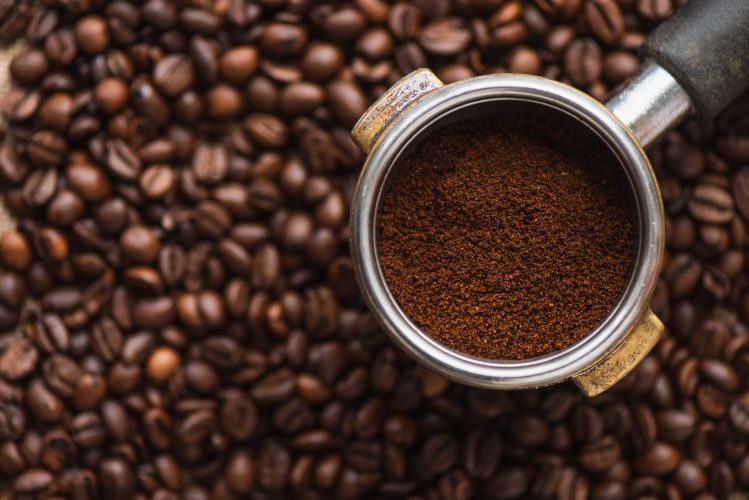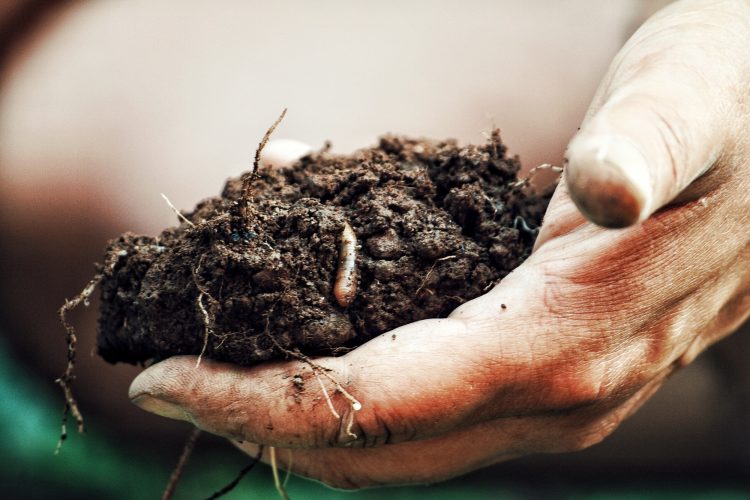Do you have a canine companion?
If you do, consider yourself extremely fortunate! Why? Because a dog is a man’s bestfriend!
Most veterinarians would advise you to keep the amount of human food you feed your dog to a minimum.
Dog food is carefully developed to meet the nutritional requirements of dogs. Furthermore, some human meals are simply not suitable for dogs.

Don’t give in to your dog’s imploring looks and crying whines while you’re eating that delectable chocolate bar. Although your dog may be tempted to eat the chocolate, it could be fatal.
So, what makes chocolate possibly hazardous to dogs?

Many people say it’s due to the caffeine in chocolate. While chocolate does contain trace levels of caffeine, it also includes theobromine, a related chemical that is the main issue. Theobromine is an alkaloid that, like caffeine, works as a stimulant.

Dogs, on the other hand, lack the enzyme that humans need to break down theobromine.
As a result, theobromine can cause dogs’ central nervous and cardiovascular systems to become overstimulated, resulting in high blood pressure, vomiting, dehydration, abdominal aches, seizures, and even death.

Bigger dogs can often eat larger amounts of chocolate without harm, however a small amount of chocolate can harm a very small dog. Theobromine levels vary depending on the type of chocolate.

As a rule, the darker the chocolate is, the more theobromine it contains. Theobromine levels are lowest in white and milk chocolate.

Dark chocolate, on the other hand, contains almost three times the amount of theobromine found in milk chocolate.

Baker’s chocolate and cocoa powder are two forms of chocolate to be wary of.
What does this imply in practice?
To attain a hazardous level in a 16-pound dog, one pound or more of milk chocolate is required. However, that same dog could only eat one ounce of cocoa powder before becoming toxic.

The important message is that you should never feed chocolate to your dog and that if you suspect your dog has eaten chocolate, you should immediately contact your veterinarian!





